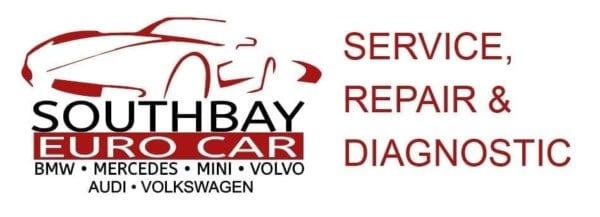Auto Tips for your European Car
Your car matters
Pick up and read the owner’s manual every now and then. It holds a tremendous amount of information about your car, such as, where to find different items, recommended fluids for the car and what the different warning lights mean.
View level through the transparent coolant reservoir when engine is cold. If you need to top off, remove cap and fill up to cold level on reservoir. Use GREAT caution if engine is hot. If cap is loosened, hot coolant will stream out and could cause injury.
With engine running, keep car in Park with emergency brake engaged. Pull transmission dipstick up and wipe it off. Insert and pull it up again to read level.
With engine runningWait until the engine has been turned off for at least 5 minutes, or check it in the morning before you start it. Make sure the car sits on fairly level ground. Pull the dipstick up and wipe it off. Insert dipstick and pull it up to read oil level.
, keep car in Park with emergency brake engaged. Pull transmission dipstick up and wipe it off. Insert and pull it up again to read level.
Every time before you start the car, look over all the warning lights to see that they are illuminated and go out after engine has started. Keep a close eye on the oil pressure light, this light have a tendency to break, and with so many lights on the dash, it can be difficult to see if it is out or not.
, keep car in Park with emergency brake engaged. Pull transmission dipstick up and wipe it off. Insert and pull it up again to read level.
The gauge will only show correct temperature when coolant level is normal. If for any reason all the coolant would pour out of the engine (blown hose) the temperature gauge will jump up to “red” level only for a short time (10-15sec) and then go back to normal (or below). Many drivers have badly overheated the engine because of this, thinking everything is fine since temperature is down again
Walk around the car once in awhile to check bulbs for functioning. We will do this every time you have the car in for service or repair, but bulbs can go out the very next day after a shop visit.
The only accurate way to check is with a tire pressure gauge. If you need to add air to the tire, keep in mind that most gas stations do not have a pressure gauge on the supply hose. You put a quarter in the machine, it will give you air until the quarter is used up, meaning you could over inflate the tire if not careful.
If any red warning lights comes on while driving, pull over as fast as possible wherever it is safe to do so. Turn off the engine and pick up your owners manual. Read and understand the meaning of the light. This can save you thousands of dollars. DON’T try to make it to the shop because you are “so close”.
Yellow warning lights are an indication that something is wrong, but it will not destroy your engine on the spot.
The more you can tell us about your car and the problem it is having, the more money you can save by helping us finding the problem quicker.
Try to recall and write down as much information as possible. We will ask you questions like, the speed of the car when problem occurred, during left or right turn, accelerating or slowing down, only in the morning or during the whole day, any warning lights on the dash, amount of gas in the tank, if only during rain, etc, etc. All those things can help us look in a certain direction and eventually fix the car faster and for less money.
Keep in mind that no sound produced by your lips is silly or embarrassing toyou or us, but can actually save you money. We promise not to laugh or video tape you for the next episode of “funniest car owners”.
